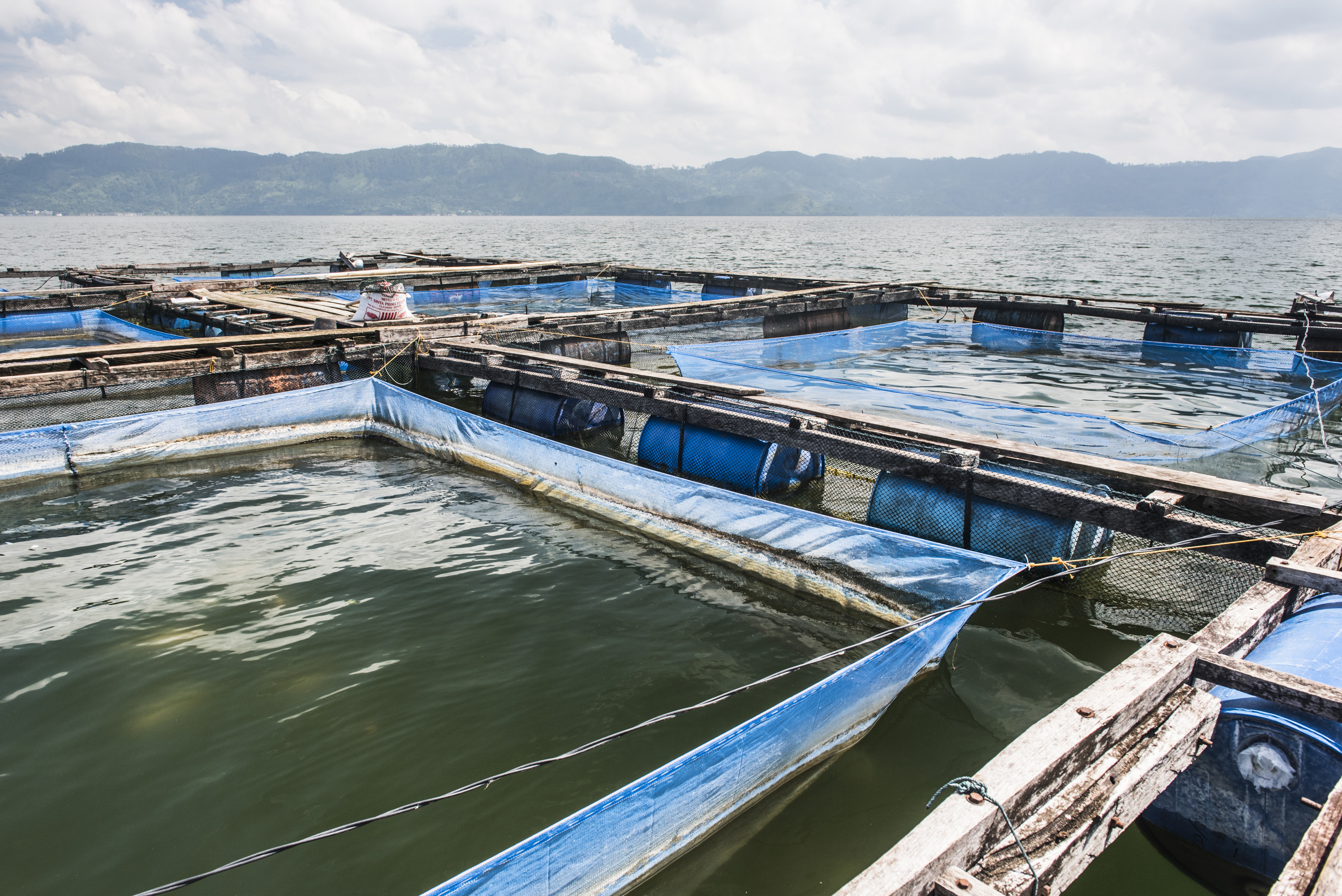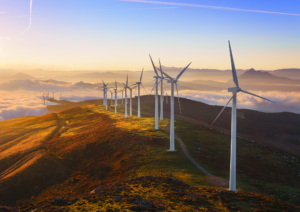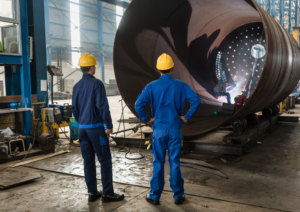In the last 50 years, Singapore has pivoted from oil to natural gas as their main power source, in the hopes of cleaner power generation. As they look towards the future, the country’s aims of reliably produced and efficiently consumed energy takes on the shape of sustainable energy. With a large focus on “4 Switches” that the nation will harness, Singapore’s commitment towards sustainable energy transition is clear.
The first switch that Singapore intends to continue leveraging on is natural gas as its primary fuel source, while improving the efficiency of power generation companies to reduce the carbon output. The next switch, solar power, takes advantage of the tropical and sunny climate native to Singapore as a promising renewable energy source. Singapore’s track records with solar power have been good so far, with the country’s 2020 solar targets of 350 megawatt-peak being met easily, and further goals to attain a 2 gigawatt-peak by 2030 already in place. The third and fourth switches rely on optimising the regional power grids, and researching low-carbon alternatives, respectively. Singapore hopes to tap on regional power grids to access cost-competitive energy, via bilateral cooperation, while simultaneously developing low-carbon solutions, such as carbon capture technology, in order to reduce the nation’s carbon footprint.
Looking at all these goals, how does the Blue Economy fit into the big picture of Singapore’s transition towards sustainable energy? Defined as the sustainable use of ocean resources, seas, and coasts, for economic growth, improved livelihood and jobs, and their ecosystem health, it turns out that the Blue Economy is heavily beneficial for the island nation.
Current Initiatives And Efforts
Presently, Singapore’s Blue Economy initiatives are focused on reducing energy usage, waste, and carbon output. Studies examining the focus of Singapore’s Blue Economy found that the nation took an “ocean-based economic model”. The focus of which were geared towards critical industries such as fisheries and aquaculture, ports, shipping and marine transport, as well as tourism, resorts, and coastal development. Influenced by its position as a logistics hub in South-East Asia, this comes as no surprise as we observe how Singapore’s approach towards its oceans are largely fiscal and economical.
Secondary to this, Singapore’s mandate on the use of domestic sea space is also clear. Given the island state’s tiny geographic size, natural resources are scarce. Hence, food and water security are of vital importance to the country. In the former, the Singapore Food Agency has set forth targets to produce 30% of Singapore’s nutritional needs by 2030 via local aquaculture production and fish-farming. Presently, only 10% of the country’s fish consumption comes from local sources, on land and sea-based. Meanwhile, challenges in securing a stable and affordable water supply has led Singapore to developing and utilising various water-based solutions such as desalination plants, wastewater treatment, and water reclamation.
Examining the policies on a macro and regional level, Singapore is part of the Partnerships in Environmental Management for the Seas of East Asia (PEMSEA) and also a proponent of the Blue Economy Model Program under the Asia-Pacific Economic Cooperation (APEC). The Singaporean government also adopts and implements the Integrated Urban Coastal Management (IUCM) framework, enabling the management and regulation of sea space, its reduction of energy usage, waste and carbon footprint.
These multi-pronged approaches seek to collaborate and promote a whole-of-government approach to ensure the protection and preservation of the coastal and marine areas. Understanding the value of industry partners, Singapore has also started the liquefied natural gas (LNG) bunker-ready port pilot programme to encourage the use of alternative fuels in the shipping sector. The Singapore Maritime and Port Authority also announced a new 120 million SGD fund dedicated to marine decarbonisation centres in Singapore.
What To Look Out For In The Future Regarding Singapore’s Blue Economy
All that said, there still exists plenty of opportunities to be explored under Singapore’s Blue Economy. A major area that is ripe for development is the Marine and Offshore Engineering (M&OE) sector, that goes beyond traditional industries such as shipping, transportation, and coastal management. Presently including emerging areas like the marine renewable energy sector, this area is an umbrella term that covers anything in the marine space which can be used to generate renewable energy. Examples of this include offshore wind, ocean renewable energy, and solar voltaic energy. The breadth of growth in this area is estimated to surpass 130 billion USD by 2023, on the global level, and investments into the sector are likely to reap hefty rewards.
The core of vital sectors as alluded to earlier, such as water and food, are also areas open to development and investment. The holy grail of a renewable energy-driven desalination system, that can be customised to output both electricity and fresh water, presents a significant opportunity to address many of Singapore’s key concerns with regards to water security and renewable energy. Though the scale of such inventions might be gargantuan, it is also an opportunity for integrated developments that might collaborate to supply multiple infrastructural solutions and enhance partnership with South-East Asian nations.
Finally, nature-based solutions that answer the current climate crisis, via decarbonisation, are parts of the Blue Economy worth paying closer attention to. According to the International Union for Conservation of Nature, carbon stored in coastal and marine ecosystems such as seagrassses, mangroves, and tidal marshes, are three to five times more efficient compared to forest types. Serving a dual purpose of guarding coastlines against rising sea levels, these nature-based solutions play a part in fortifying resilience against the consequences of climate change as well.
Singapore’s Blue Economy, while keyed into economic and fiscal benefit, is an opportunity zone that could benefit from investment and development. Savvy investors, looking to make a positive impact on the environment and do their part against climate change, should seek to provide ocean and nature-based solutions in partnership with Singapore.





